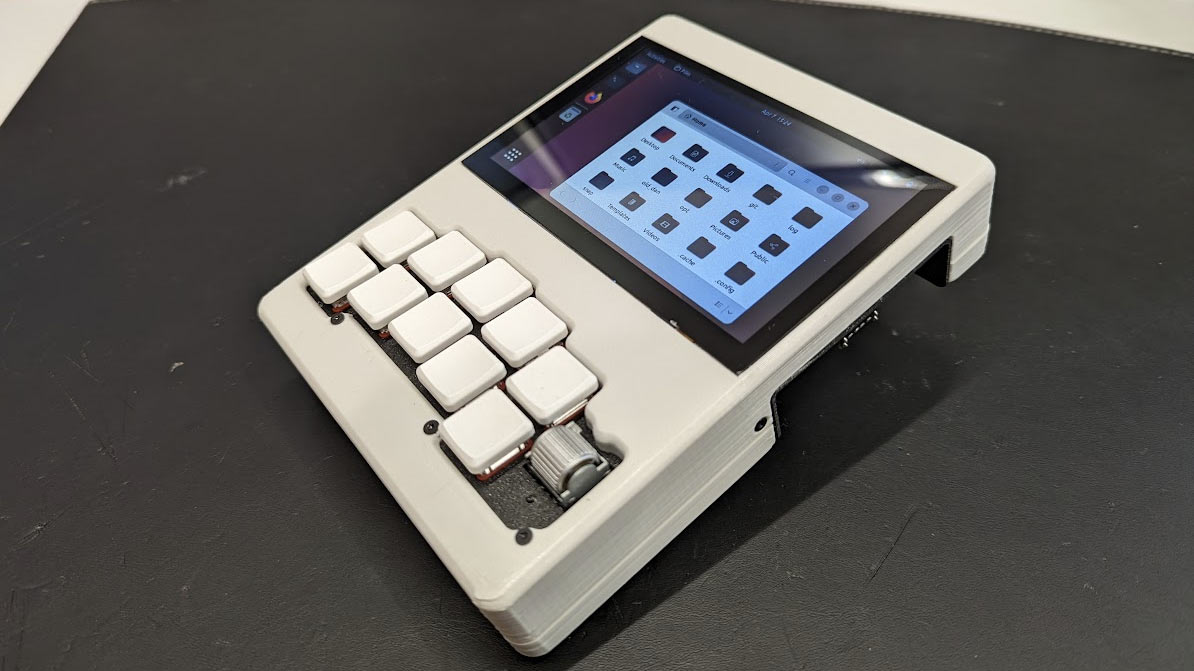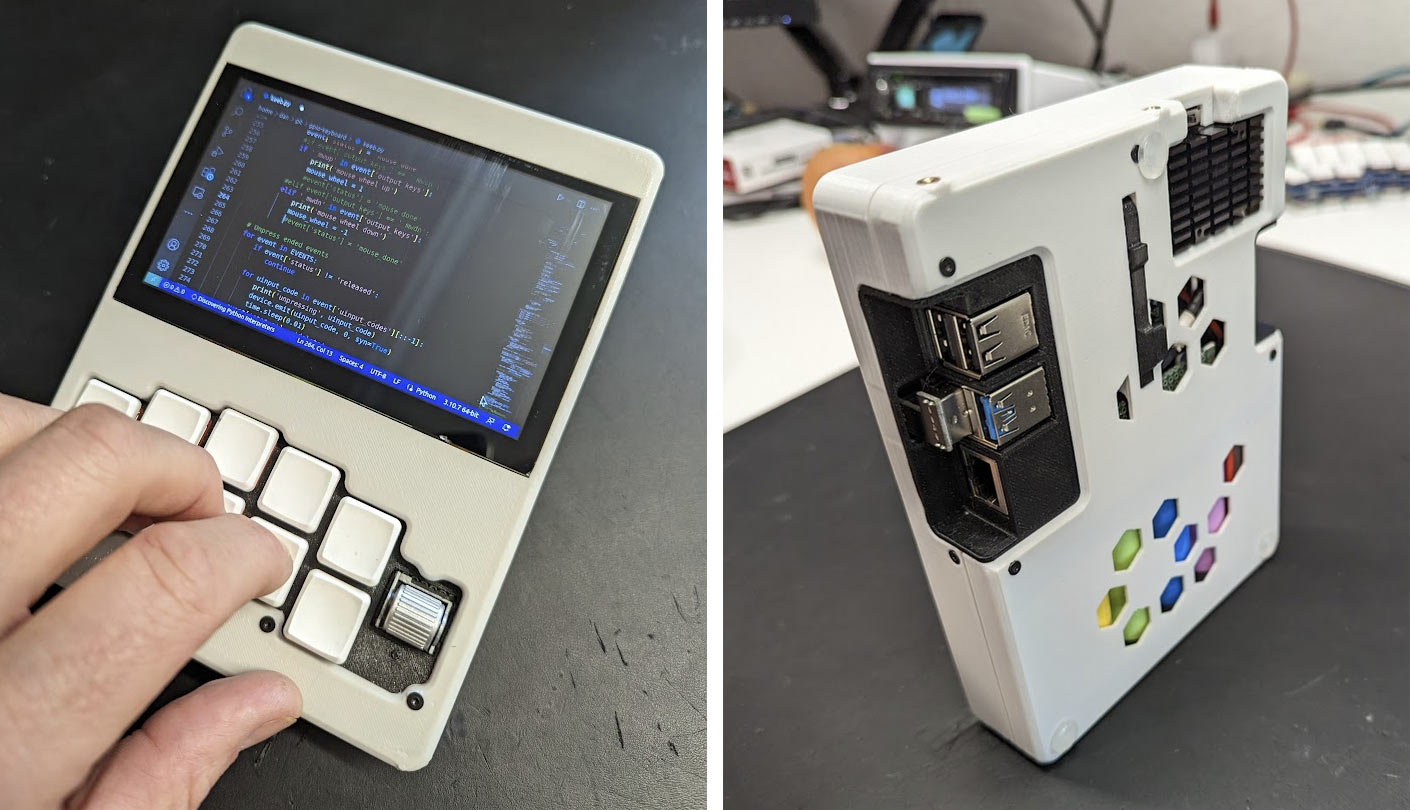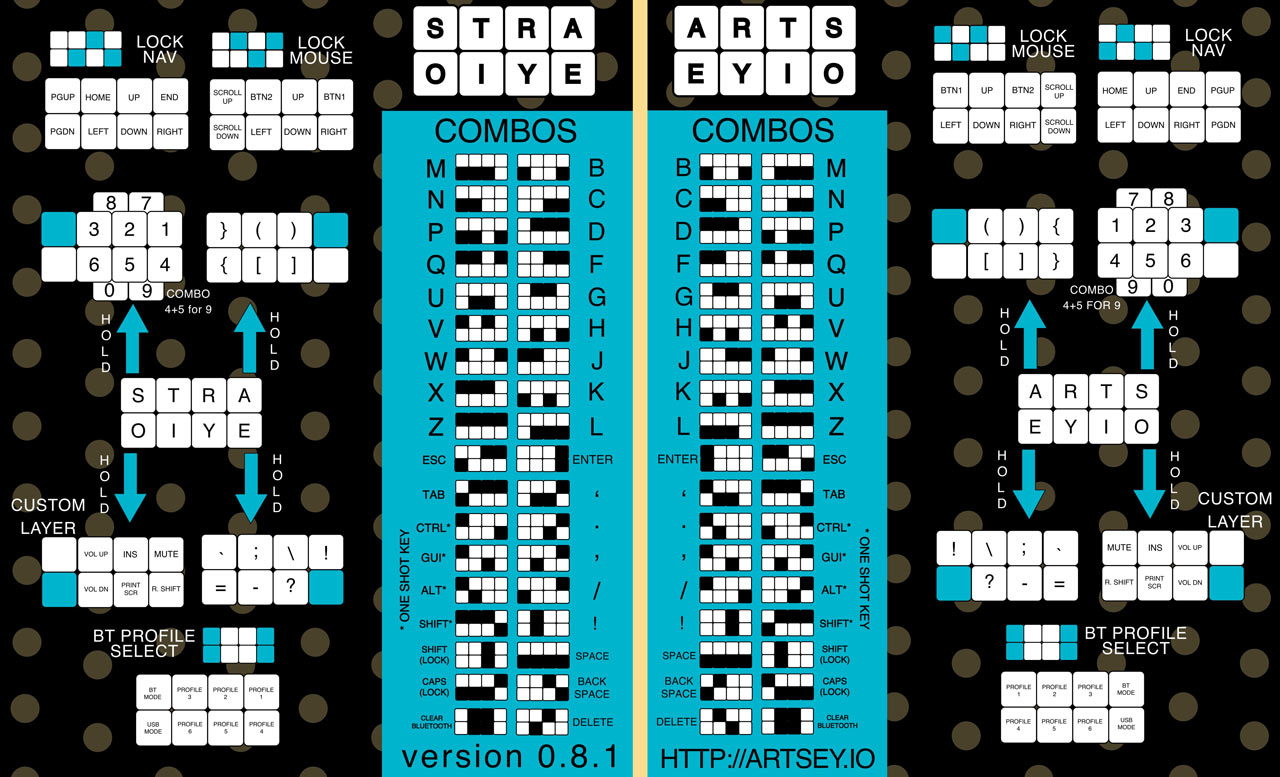
A consistent problem with pocket computers is swift and intuitive input, as a comfortable keyboard for up to 293 WPM is too big. Meanwhile, a Blackberry-like board is small and fiddly, and handwriting or voice typing are only good for casual input.
Developer Daniel Norris must have pondered over this input optimization issue when creating the Chonky Pocket (h/t Liliputing), which features full sized mechanical keys for touch typing, but just 10 of them. Not to worry though, as it uses chording technology, which can help experienced users input letters, words, and phrases from simultaneous key combinations, or 'chords'.

The Chonky Pocket is based around a Raspberry Pi, and has been designed to offer all day battery life, with a selection of full-sized ports. Another design goal was to enable touch typing. However, users will have to tackle the learning curve of chording, to get up to speed.
Like the original CharaChorder One from 2020, the Chonky Pocket only has 10 keys. The Chonky Pocket handheld isn't as alien-ergonomic looking as the CharaChorder One; it's more like a Gameboy with comedy teeth, and a scroll wheel. Moreover, while the CharaChorder One is claimed to achieve up to 300 WPM in its 10 key configuration, Norris only claims 50 WPM for the Chonky Pocket (after practice).

It is important for both users and the underlying software to get up to speed with chording input. For the Chonky Pocket, Norris based his 10 key mechanical key design on the artsey.io layout. He added a couple more keys to that 8-key layout, for quicker access to programming related symbols. It is claimed that one can learn the Artsey basics in "under an hour," and hit 50 WPM after some practice.
While the keyboard and dedicated scroll wheel are probably the most eye catching things about the new Chonky Pocket, other important specs of the device are its:
- 5-inch touch screen display
- Accelerometer and gyroscope motion sensors
- Full sized USB, Ethernet, and HDMI ports
- All-day battery life
If you like the Chonky Pocket, and would like to make your own, Norris has shared the case 3D print STL files on a GitHub page You will also find a components list and other resources / software for device wiring, power supply, battery and more.
Before you start this project, please note that Norris intends to refine the Chonky Pocket design with features like a screen with power saving, a second HDMI port, a more accessible SD card, and perhaps a more pocket friendly build (Pi Zero W based?). Thus, it might be worth waiting for the next gen device, for a polished design and a fit in your smaller-than-cargo-pants pockets size.







